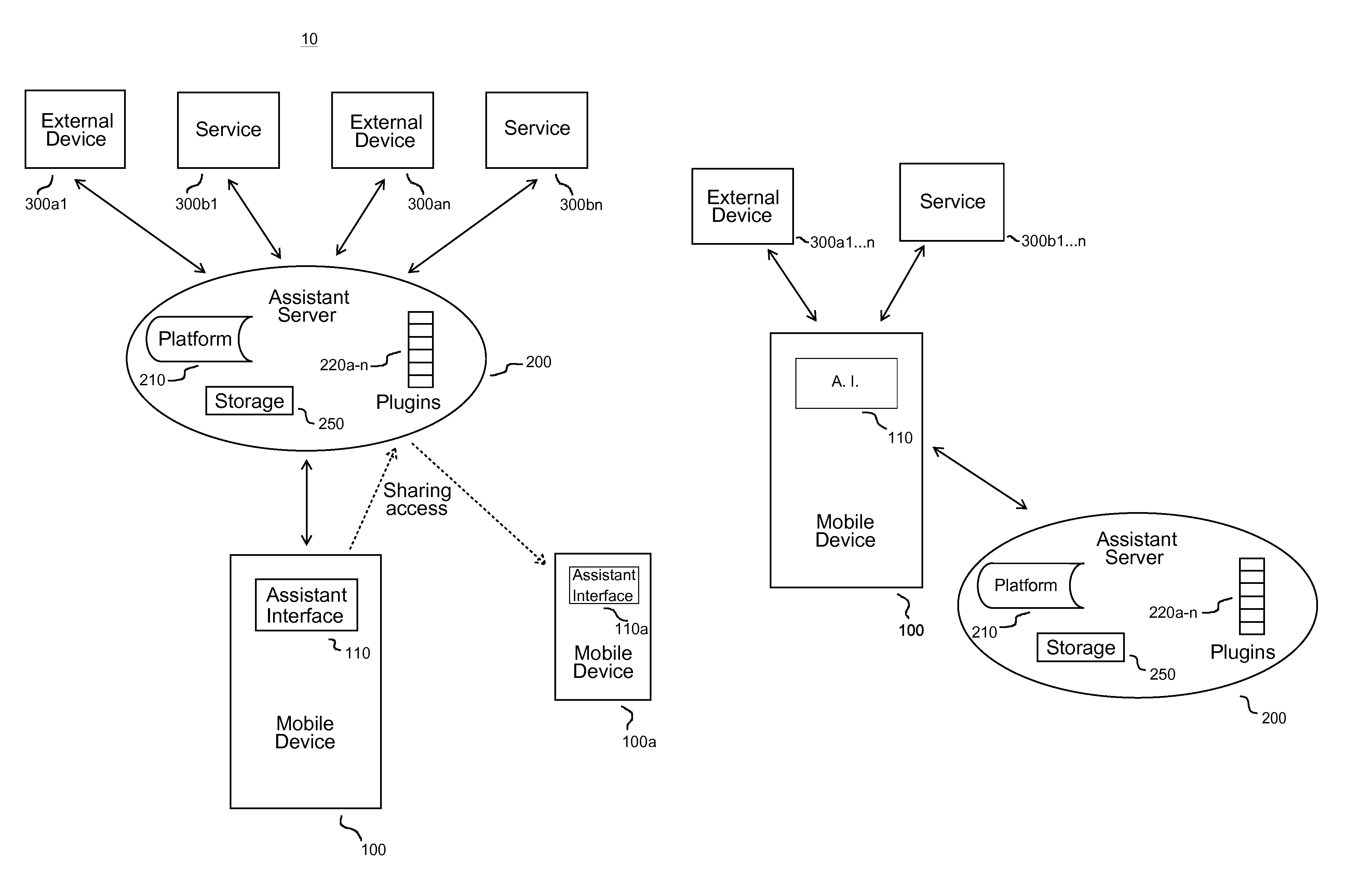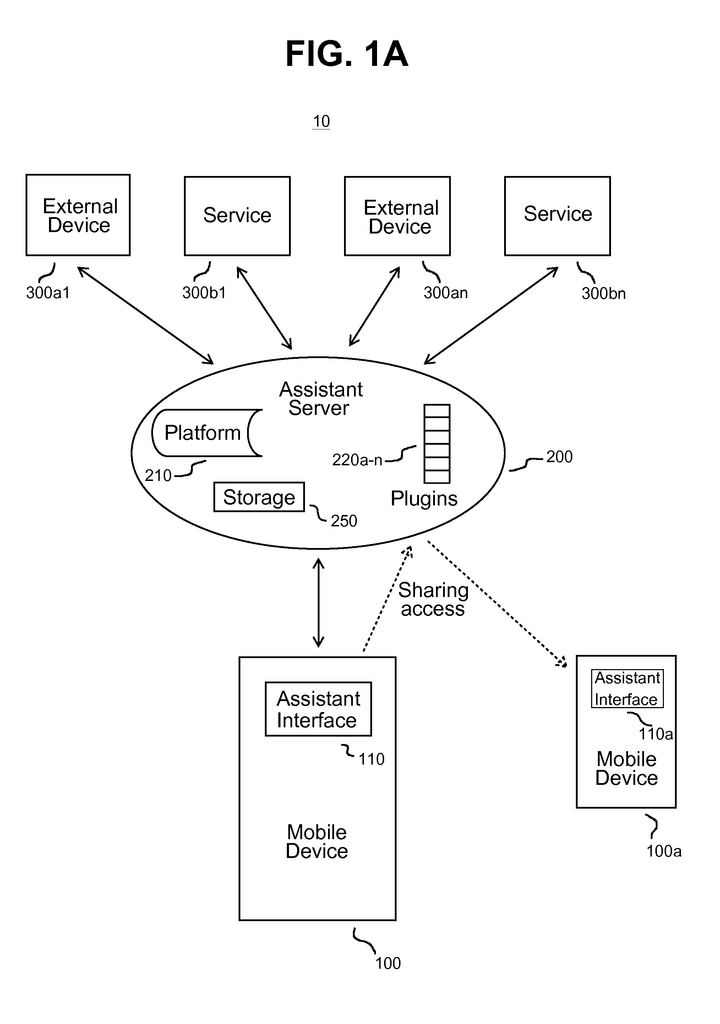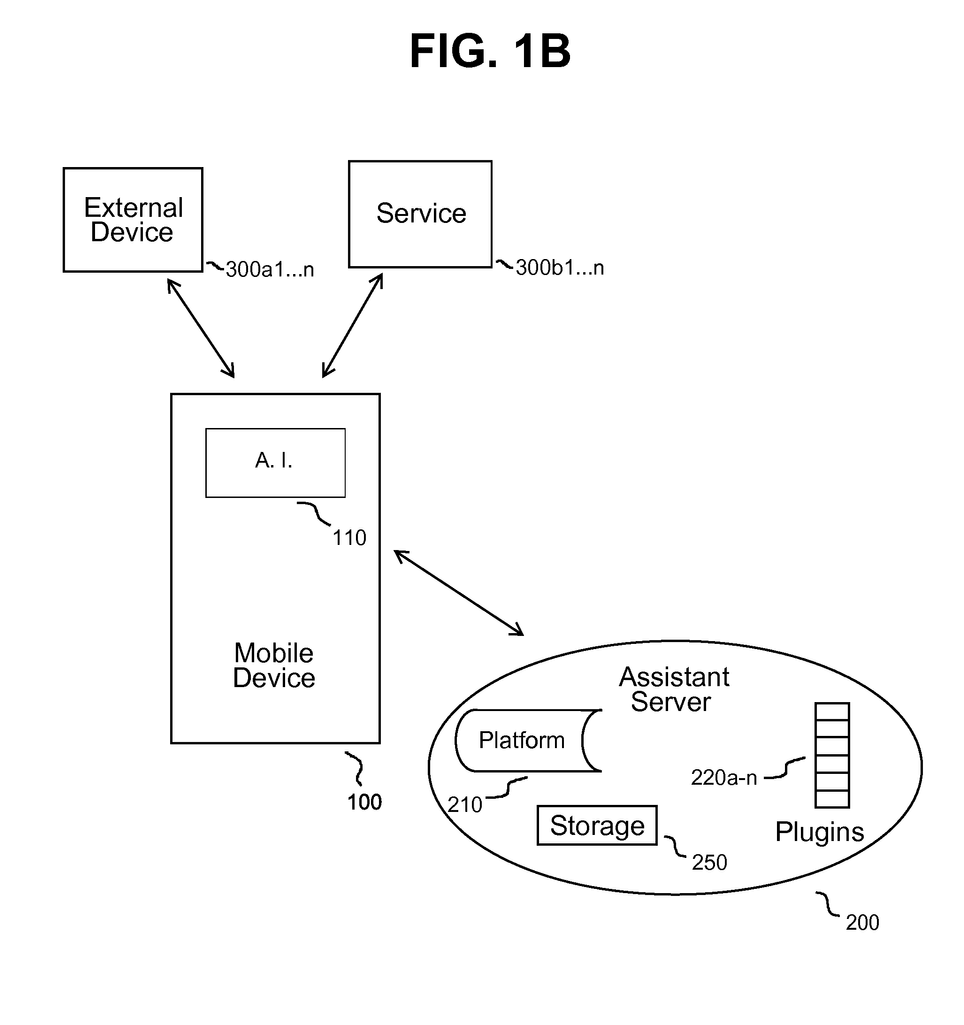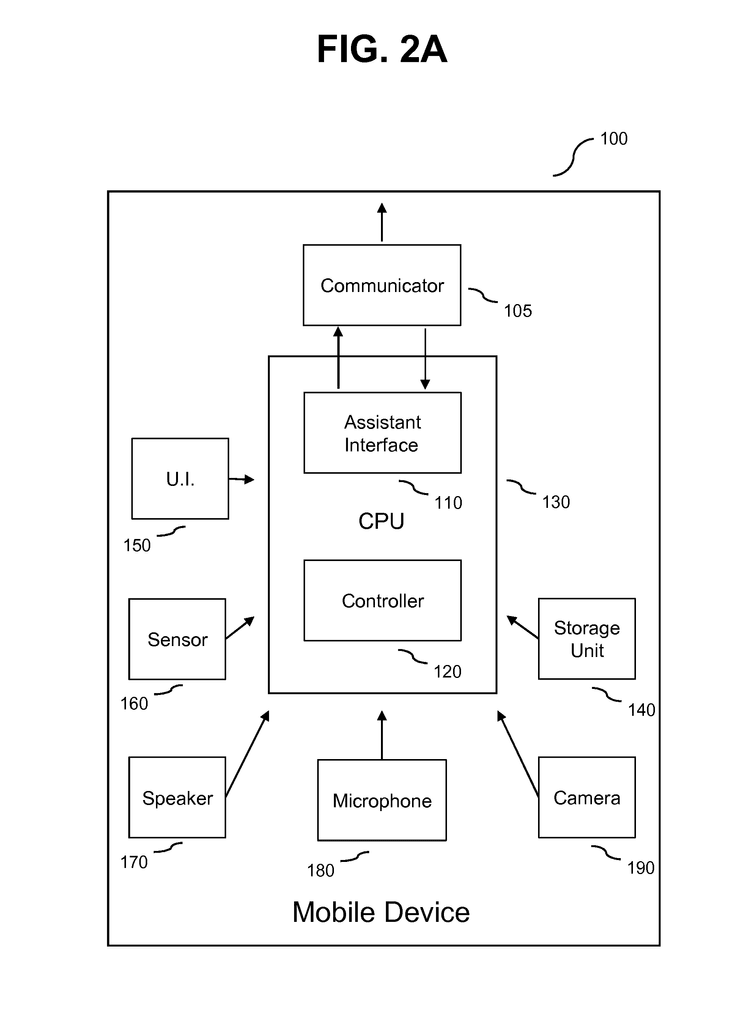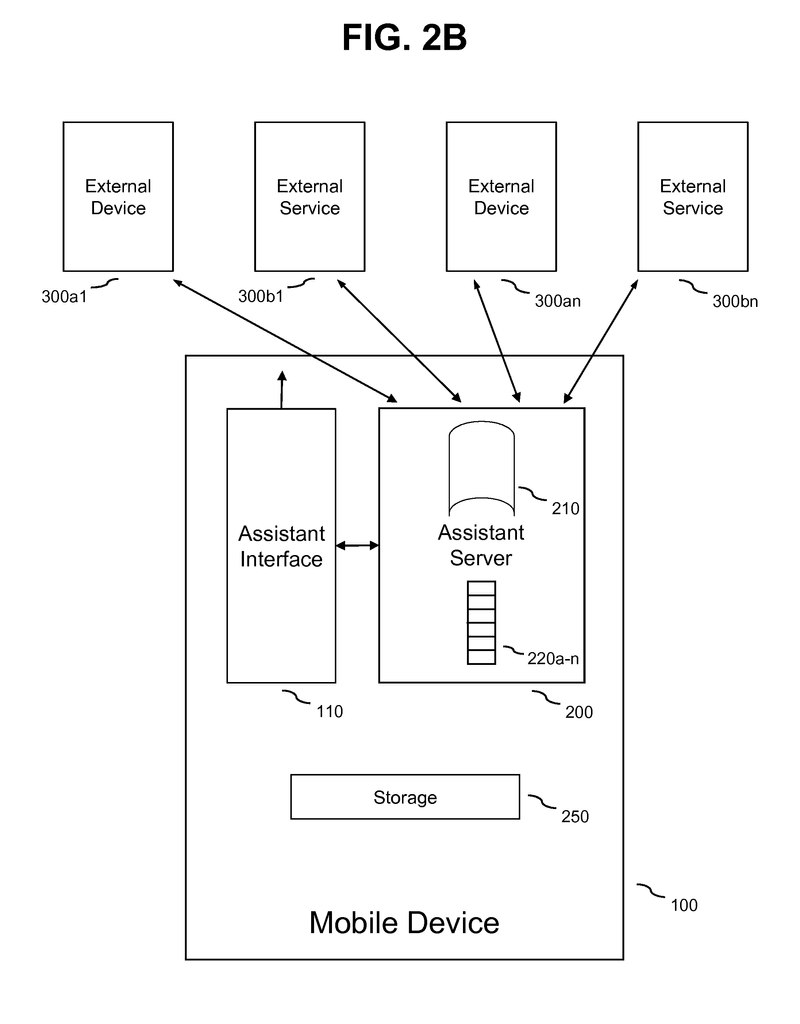Invented by Vishal Sharma, Elhum Amjadi, Microsoft Technology Licensing LLC
One of the main drivers of the virtual assistant market is the increasing demand for automation and efficiency. As businesses look for ways to streamline their operations and reduce costs, virtual assistants offer a cost-effective solution. By automating routine tasks, virtual assistants can free up time for employees to focus on more important tasks, such as strategic planning and customer service.
Another factor driving the growth of the virtual assistant market is the increasing adoption of smart home devices. With the rise of devices such as Amazon Echo and Google Home, consumers are becoming more comfortable with using voice commands to control their devices and access information. This trend is expected to continue, with the global smart home market projected to reach $158 billion by 2024.
The virtual assistant market is also benefiting from advancements in natural language processing (NLP) technology. NLP allows virtual assistants to understand and interpret human language, making them more intuitive and user-friendly. As NLP technology continues to improve, virtual assistants will become even more capable of performing complex tasks and interacting with users in a more natural way.
In terms of market size, the virtual assistant market is expected to reach $19.6 billion by 2025, according to a report by MarketsandMarkets. This growth is being driven by a range of factors, including the increasing adoption of smart home devices, the rise of artificial intelligence and machine learning, and the growing demand for automation and efficiency.
The virtual assistant market is also becoming more competitive, with a range of companies vying for market share. Some of the key players in the market include Amazon, Google, Microsoft, Apple, and IBM. These companies are investing heavily in research and development to improve the capabilities of their virtual assistants and gain a competitive edge.
Overall, the market for virtual assistant systems is poised for significant growth in the coming years. As businesses and consumers continue to embrace automation and efficiency, virtual assistants will become an increasingly important tool for managing tasks and accessing information. With advancements in technology and increasing competition, the virtual assistant market is set to become even more dynamic and innovative in the years ahead.
The Microsoft Technology Licensing LLC invention works as follows
The mobile device can operate a virtual assistant to control wirelessly connected devices or services. It receives an input command and translates it into a language that can be shared between devices and/or services. This control can also be shared by other mobile devices in response to an input command.
Background for Virtual assistant system
1. “1.
The present invention concept is a virtual assistant that can wirelessly control multiple external devices and service and provide information sharing and communication between these devices and services. It also allows users to share control selectively with other users.
2. “2.
The rapid growth of innovation in data-sharing is due to the advancements in wireless communication. A mobile device can be used by a user (such as a smartphone, tablet computer or wristwatch). to open up various applications/programs, operate various devices, and communicate with other mobile devices. The Internet of Things (IoT) is a new development that reflects the growing trend of wirelessly connecting and controlling devices and services.
However the mobile device limits the user’s ability to enter commands, instructions and data using a unique method for each application/program, as well as external devices. Facebook, for example? Facebook? Each communicates in its own proprietary language. If a LinkedIn user wants to check out a profile, they can do so. After finding the person on Facebook?, it is necessary to enter the proper search criteria into the LinkedIn? The program itself. In this way, even though a user can communicate separately with Facebook? As such, although a user may communicate separately with Facebook?
As an example, Phillips developed a light-emitting diode bulb (i.e. the Phillips Hue?) that allows a user to change colors emitting from it via a mobile device running an application associated with the bulb. The bulb can be controlled by a mobile phone running the application that’s associated with it. The user will need to download and install the Phillips Hue proprietary communication language on their mobile device. Once the application has been installed on the mobile phone, the user can control the color, tone and contrast of the bulb with the mobile phone. The user can’t grant another user access to the bulb. If the user wants to control the bulb using the mobile device of the other person, they must download and install an application for the bulb on the mobile device.
Meanwhile, the user is not allowed to use the information contained in the application that’s associated with the bulb for any other application.” The user cannot, for example, use the information in the light bulb app to buy more bulbs on another application like Amazon?. The application that is associated with the light bulb can only be used to control the specific light bulb stored on the mobile device of the user.
Further, Apple? “Further, Apple? Each mobile device includes a voice assistant, Siri for Apple or Google Now for Google. The voice assistants translate a spoken word into a search engine. Siri? Siri? Assistants are limited in their functionality to a simple search and a few device actions. They also have limited integration with other apps such as OpenTable?
There is a requirement for a communication system between all devices, applications, services, and programs connected to the system.
Further there is a requirement to be able control any external devices and services via the internet by entering commands to perform these controls from a handheld device.
The present invention concept is a mobile device with an assistant server and a virtual assistant system that allows communication and control between multiple devices and services.
The description will include additional features and utility of the general inventive idea. Other aspects will become apparent from the description or can be acquired by using the concept.
The foregoing or other features and utility of the present inventive concept can be achieved by providing a system of virtual assistants, which includes: a mobile to receive input commands corresponding to functions to be performed by an external device; a translator to translate input commands into a semantic language interchange format; and a server to receive translated input commands from the mobile; the server including plugins corresponding to the at least external devices or services, with the plugins configured to convert received input into a command that is recognizable by each device
In an exemplary embodiment the assistant server analyzes context information before converting the command in order to accurately determine what function the command is intended to perform.
In an exemplary embodiment of the context information, the assistant server can analyze at least one of: a location on the mobile device, the time of day, co-presence, unintentional actions taken by the user, or action sequences.
In an exemplary embodiment of the action sequences, the user can make a number of simultaneous or sequential input commands.
In an exemplary embodiment of the action sequences taken, the user can include an invalidated input command followed by another input.
In an exemplary embodiment when the assistant servers determines that the input command can perform more than one intended function at a device, or service, the assistant servers can clarify the function by sending the possible options back to mobile devices to select the desired command and can then gather additional context data associated with the selection made at the mobile devices.
In an exemplary embodiment when a second form of input is entered after a first input form is not recognized by the assistant server, the assistant can create and save a new input command that is recognizable and performs the intended function on the external device or services.
In an exemplary embodiment when the assistant servers recognizes repeated input commands, it can create a consolidated input command that represents performing the cluster simultaneously.
In an example embodiment, both the clustered input commands that are repeated and the new input command that is consolidated can be gesture input commands.
Click here to view the patent on Google Patents.
